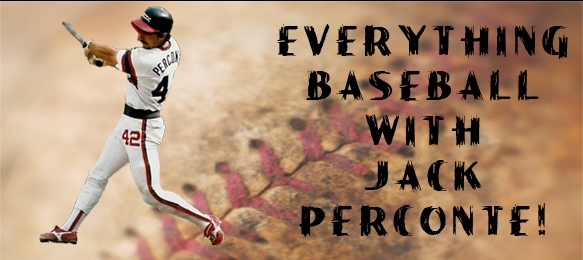The end of July is one of those transition times of year when kids stop competing in baseball and begin playing or practicing for another sport. Playing multiple sports when young is good and a great form of conditioning. Taking a break from playing any sport for a while is also OK, as long as kids stay physically active in some way.
For kids who love baseball though, late summer and fall is the best time of year to work on their game because players are still in baseball shape, still see the game on TV, and the weather is still good throughout the country. It can also be a great time to practice because of their being less pressure to do well, as in their regular season games. In addition, the fall is generally the best time of year to build up arm strength for kids. Continuing to throw a few times a week, until the weather changes, is a great time to get the work without worrying about over throwing, as during the regular season.
Of course, continuing to practice for at least a few weeks or months after the season is most important for kids who want to play baseball into high school. It is also important for players who may be coming off of tough seasons; that is, if you can get them to want to practice after a tough season. The extra year-end practice can help bring back some lost confidence as well as prepare them better for the following season. It is important to convince players that the practice they put in after their season ends will pay off in the future, even though it may be a long way off. After the season is also a good time of year to experiment with different mechanics and/or to change completely fundamental problems that were hard to find time to work on during the regular season.
Having said all that, I believe it is necessary to have a two to three consecutive month break from baseball at some time in the year, too. This break should be complete where athletes have no contact with the sport for the designated time. This break is important to refresh an athlete’s mind and body, especially the throwing arm. Playing a sport year round without a break, whether it is competition or competition and practice, will lead to athlete burnout in many instances. Of course, some form of conditioning is necessary year round for the dedicated ball player, with playing other sports being one form of conditioning.
It is especially important for parents and athletes to analyze their yearly schedule to see when the best times to take the break. Following is a suggested schedule for the dedicated baseball player, based on the age of player:
Ages 7-9: 1 month preseason practice
3 to 4 months competition
2 weeks postseason practice
Ages 10-12: 1 to 2 months preseason practice
3 to 4 months competition
1 to 2 months post season practice
Ages 13-14: 1 & 1/2 to 2 months preseason practice
4 to 5 months competition
2 to 3 months postseason practice
High School Athletes: 8 to 9 months of competition and or competition and practice.
Divide season equally if playing more than one sport
Finally, schedules should be based on the input of parent and child and not just the parents.



